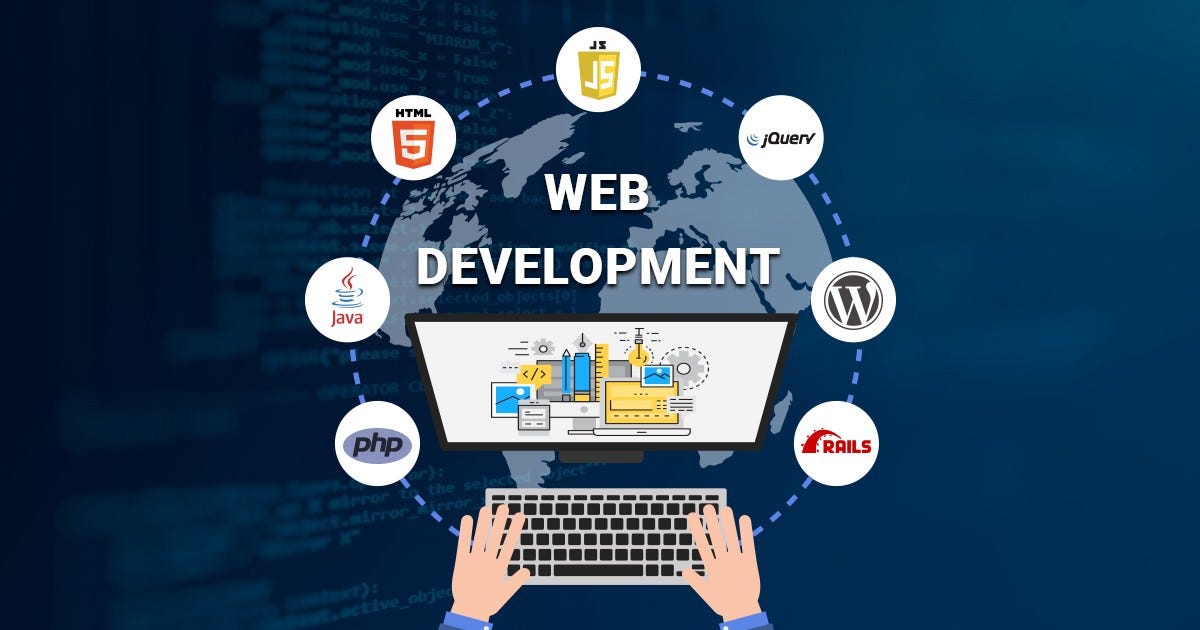Unveiling the Artwork and Science of Website Development
Unveiling the Artwork and Science of Website Development
Blog Article
Nowadays an online presence that is strong and well-established is essential for both businesses as well as for people. In the midst of this is the development of websites, a multifaceted process which combines design, programming and functionalities to provide compelling online experiences. From small business owners seeking to expand their reach and corporations looking to increase branding, the significance of an effective web development process cannot be overstated.
The foundation of web development is the union of the design and functional. The design encompasses all the visual aspects that make up a site, which include layout, color scheme as well as typography and images. It's the first thing people notice and plays a crucial influence on their impression of the brand. A well-designed website not only is visually pleasing, but it also represents the brand's personality and values. On the other hand, it is functional in its aspects that support smooth navigation and interaction with users. This includes coding languages like HTML, CSS, and JavaScript which determine how websites behave and responds to input from the user.
The user experiences (UX) is a pivotal aspect of developing websites that directly influences the level of satisfaction and interaction. UX design involves creating useful interfaces, and optimizing usability to ensure that users can effectively achieve their objectives. This covers everything from responsive designs for smartphones, as well as intuitive navigation menus, and clearly defined calls to action. Through prioritizing the user experience Website developers can boost the user experience, decrease bounce rates, and increase conversions.
Once the design is in place, Website Development transition to the phase of implementation, when the site begins to take form. This stage encompasses coding, programming, and integrating various methods to bring the idea to the life. Front-end development concentrates on client-facing aspects of the website such as layout, content presentation, as well as interactive functions. Back-end development involves programming on the server side, managing databases as well as server configurations to guarantee functionality and speed. To obtain new details please view publisher site
Beyond the technical aspect Website development encompasses the process of creating an attractive and easy-to-use interface. User Experience (UX) design concentrates upon understanding the wants and preferences of visitors to websites and creating an intuitive and pleasant browsing experience. It involves prototyping, wireframing, and usability testing to improve the layout, navigation and other elements on the site. The user interface that is well designed not only enhances engagement but adds value to the brand's identity and credibility.
Accessibility is an additional aspect of development for websites. It tends to be neglected, but it is essential for inclusivity. Websites should be designed and built using accessibility as a primary consideration to ensure that every user even those who have disabilities can interact with the website content efficiently. This involves adhering to web accessibility standards like that of the Web Content Accessibility Guidelines (WCAG) in which are the guidelines for the best practices to create accessible digital experiences. In embracing accessibility guidelines that website designers can connect with an even wider audience, and show the importance of diversity and inclusivity.